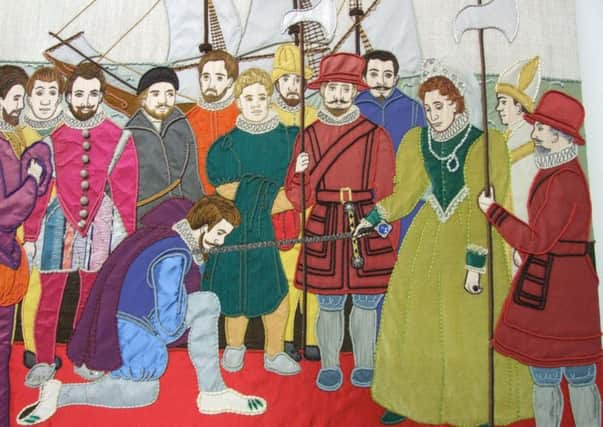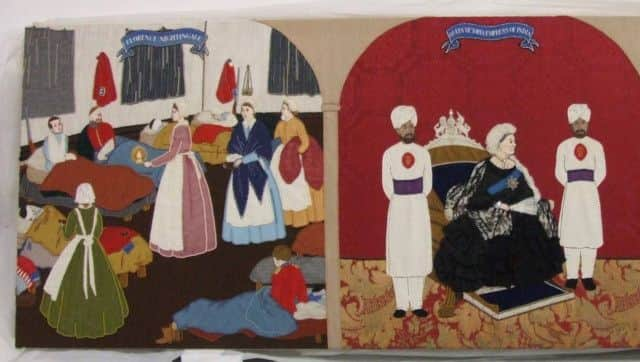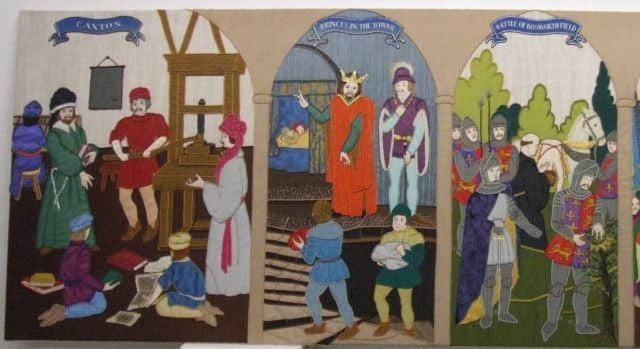Hastings' rival to Bayeux Tapestry to be given away for free


The Hastings Embroidery – created in 1965 by the Royal School of Needlework ahead of the 900th anniversary of the Battle of Hastings – had been kept in storage, in London, for more than two decades as Hastings Borough Council said there was ‘no place to put it’.
A spokesman for the council said: “We have already offered it to an organisation, whom we thought could house it, but they were unable to proceed with their plans.
Advertisement
Hide AdAdvertisement
Hide Ad“We would still be prepared to offer it on long term loan to any local organisation which was able to put it on display.”


The Hastings Embroidery was intended to be a modern-day equivalent of the Bayeux Tapestry, consisting of 27 panels.
Each panel is 9ft by 3ft and shows 81 events in British history from 1066 to 1966.
However, the council confirmed the embroidery had remained in storage due to ‘financial reasons’ but it was being offered away free of charge.
Advertisement
Hide AdAdvertisement
Hide AdThe spokesman added: “We would rather it had a good home than continue in storage where no one can enjoy it.


“We have no place to put it, and it has been in storage in London for years.”
The embroidery – which took ten months to finish – was first put on public display in Hastings in the Town Hall before being moved to the pier.
Two panels remain in permanent display in the Town Hall but the rest remains in storage.
It was worked in appliqué by hand with the addition of fabrics from the Victoria and Albert Museum, and feathers from London Zoo.